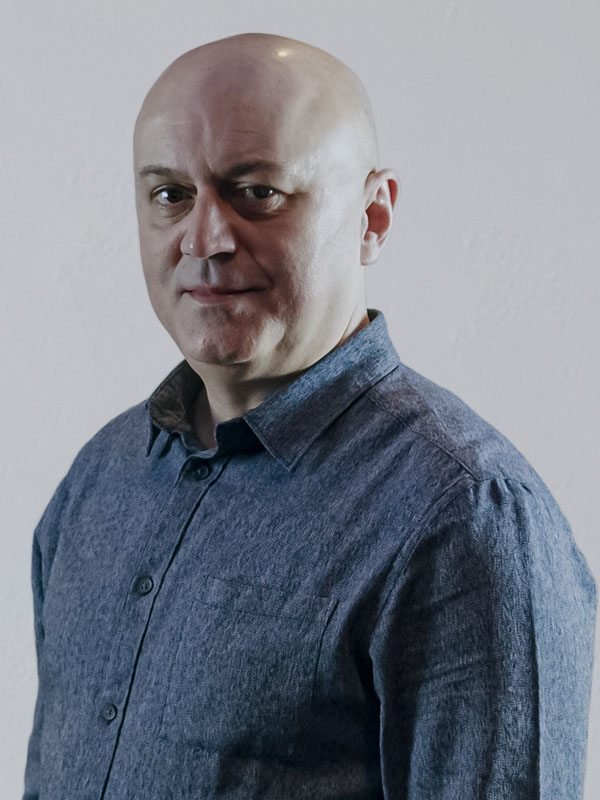Automating routine radiotherapy physics tasks
My Topol fellowship problem / project:
Radiotherapy is an important part of the treatment for many cancers. As tumours grow, the time length between diagnostic and treatment can be crucial. For best outcome, patients need to start treatment as soon as possible. Mandate for rapidly growing tumours is to conclude a complex pathway within 17 days, for example.
Radiotherapy Physics is the last segment into every patient’s radiotherapy treatment pathway. Therefore, any delays along this route need to be recovered within this department. This leads to reduced time availability for our processes and excessive pressure on staff to complete the workflow tasks in time for patients’ treatment.
Moreover, there are skills shortages in the required staff groups, worsening the matter. In my view, we can tackle this in two ways:
- Task automation: some of our procedures can be completely automated via software tools, while others are hybrid, providing digital support (including AI) to a human operator for completing a task. Examples of (semi)automated tasks: verifying the treatment dynamics or checking the patient images and anatomical geometry.
- Optimal task allocation to staff: this must be performed automatically, based on workload, staff availability, competencies, deadlines etc. Its aim is to balance and track in real-time the workload amongst staff, and to shorten the length of treatment plan preparation in RT
Achieving these goals would reduce the human error and process duration, plus will address the highly skilled staff shortage by automating some of their activity. The workflow analytics will further increase the efficiency of the departmental management.
This is why I designed, and I would like to develop, the Integrated System for Managing Automatically the Radiotherapy Tasks (iSmart).
This will be an accessible, vendor- neutral, web-based platform for managing the activity in a Radiotherapy Physics department through the implementation of a virtual automatic production line.
About me
My career in Radiotherapy Physics spans over many years, as a Clinical Scientist. I always had an interest in harnessing the digital technology for finding efficient solutions to the problems we face, which brought me into the position of leading our Scientific Computing and IT team.
My work in computing began with my PhD, focused on numerical simulation of a novel cancer treatment method. This commitment to computing technologies continued to grow at the University Hospital Southampton while writing several applications for our physics workflows and being involved in designing a paperless digital environment.
I have initiated and led departmental collaborations with industry partners on developing commercial digital solutions, through testing or coding. My focus was also on growing links with Academia, which created fruitful collaborations with the universities of Southampton and Portsmouth, in the form of internships, grants and student projects.
For a significant period, I had a strong involvement with the Scientist Training Programme, both during the selection process and as a Training Supervisor for our future clinical scientist workforce. That granted me the status of Associate of the National School of Healthcare Science.

